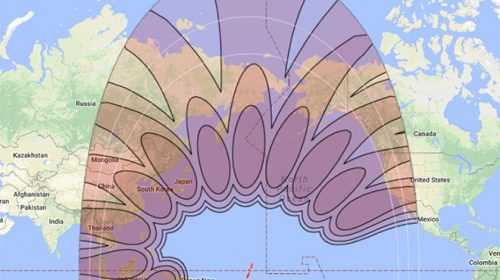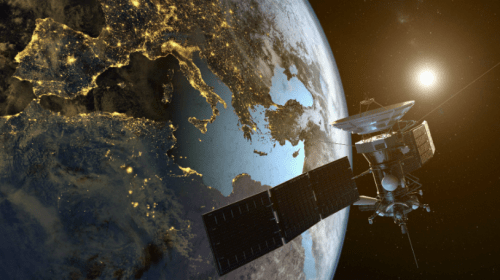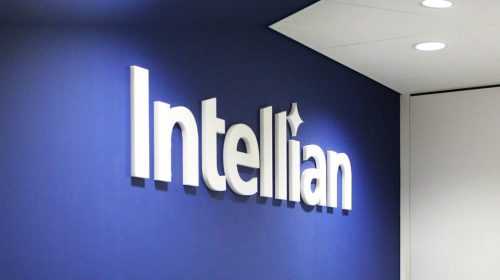Apr 20, 2015
Satellite Internet is not for everyone. For those living in urban areas across the globe with access to broadband connections via Digital Subscriber Line (DSL), cable (DCIS), fiber networks (FTTX) or wireless and mobile networks (Wi-fi, WiMAX), there is no reason to look at satellite Internet delivery as a primary system. But those who enjoy Internet connections via these methods represent only one-third of the world’s population. The other two-thirds of Earth’s population is outside of the Internet bubble and consequently shut off from much of the human revolution in business, culture and politics that is built on the almost instantaneous transfer of information in the societies of the world. And that’s where satellite Internet comes in.
Why You Should Use Satellite Internet
Not bound by costly physical infrastructure required by other methods of Internet delivery, satellite Internet can be delivered from the sky, requiring only a dish, earth station and other pieces of relatively-inexpensive hardware to bring the Internet to the most remote parts of the world. we’ll cover both the pros and cons:
Satellite Internet Pros:
- Satellite Internet can reach remote areas without major infrastructure investment.
- Satellite Internet can overcome physical barriers such as mountain ranges and other terrain by beaming signals to satellite dishes placed with a clear line of sight with the satellite in question.
- Satellite Internet is fast. Depending on the package, customers can expect broadband Internet access speeds faster than dialup, ISDN or similar technologies.
- Satellite internet connections can handle high traffic usage, which means thye support high volumes of users.
There are also cons against satellite Internet. The main criticism against satellite Internet is the issue of latency or ping rate. A ping rate measures how long it takes to communicate between computer, device, service or server in a network. There remains a noticeable delay between the moment a user clicks on something and when the data is available. But the industry is getting better. The U.S. Federal Communications Commission’s (FCC) Measuring Broadband America report for the first time included results on satellite technology alongside cable, DSL and fiber-to-the-home. “On average, during peak periods DSL-based services delivered download speeds that were 85 percent of advertised speeds, cable-based services delivered 99 percent of advertised speeds, fiber-to-the-home services delivered 115 percent of advertised speeds, and satellite delivered 137 percent of advertised speeds,” the FCC said.
Another issue with satellite Internet is its susceptibility to changes in weather. Weather can adversely affect satellite Internet, or knock it out entirely. When it’s raining, the radio signals between ground and satellite are diffused and weakened, in what is called “rain fade.” Snowfall or dust storms can have similar effects. Even trees can affect reception of satellite Internet signals. BusinessCom’s low frequency C-Band satellite service overcomes the weather issue. BusinessCom’s low frequency C-Band satellite service can withstand any adverse weather conditions, including those found in tropical climates.

In recent years, tech giants Google, Facebook and satellite industry newcomers SpaceX and Virgin Galactic have made major investments into satellite networks that may change the landscape. These companies recognize the vast market of 70 percent of planet that could be served by enhanced satellite Internet services and are investing billions to get a share of that market. The MIT Technology Review article, “Why the Time Seems Right for a Space-Based Internet Service; New micro-satellite technology is enabling satellite Internet services that could reach billions of new users,” provides an interesting discussion of the future of LEO micro satellites. “Providing Internet access from orbiting satellites — a concept that seemed to have died with the excesses of the dot-com boom — has returned thanks to SpaceX founder (and dot-com billionaire) Elon Musk,” writes author Dave Majumdar. “And while such a service would be expensive and risky to deploy, recent technological trends mean it’s no longer so out-of-this-world.”





